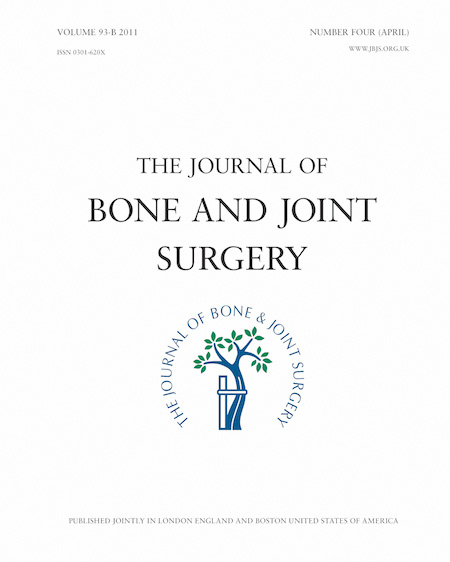
ARTHROPLASTY
Similar clinical outcomes in THR for cemented versus cementless acetabular component
J Bone Joint Surg Br. 2012 Dec;94(12):1604-10287 patients undergoing total hip replacement (THR) surgery were randomized to receive either a cementless porous-coated cobalt-chromium acetabular component with polyethylene liner (PFC) or a cemented all-polyethylene acetabular component (Ultima) to compare long-term clinical and radiological outcomes. Harris hip score (HHS) was recorded over a 10 year period, and replacements were monitored for radiolucencies (device loosening). Results indicated that there was no difference between the two groups based on mean HHS change from pre-operative values at any time during the follow-up period, but the Ultima devices had statistically higher incidences of radiolucencies.
Unlock the full ACE Report
You have access to {0} free articles per month.Click below to unlock and view this {1}
Unlock NowCritical appraisals of the latest, high-impact randomized controlled trials and systematic reviews in orthopaedics
Access to OrthoEvidence podcast content, including collaborations with the Journal of Bone and Joint Surgery, interviews with internationally recognized surgeons, and roundtable discussions on orthopaedic news and topics
Subscription to The Pulse, a twice-weekly evidence-based newsletter designed to help you make better clinical decisions
Exclusive access to original content articles, including in-house systematic reviews, and articles on health research methods and hot orthopaedic topics
Or upgrade today and gain access to all OrthoEvidence content for just $1.99 per week.
Already have an account? Log in


Subscribe to "The Pulse"
Evidence-Based Orthopaedics direct to your inbox.
{0} of {1} free articles
Become an OrthoEvidence Premium Member. Expand your perspective with high-quality evidence.
Upgrade Now












































































